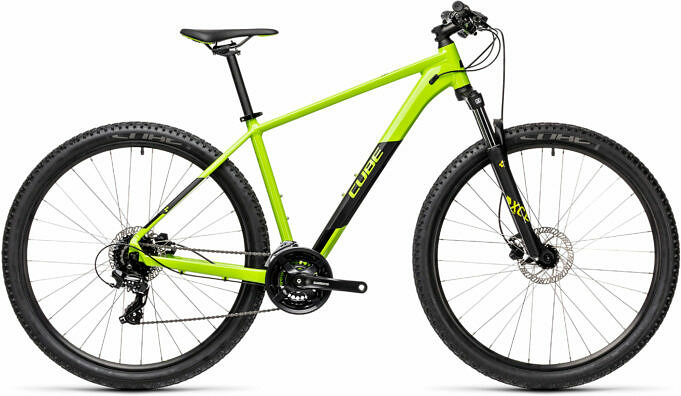Downhills can be difficult, no matter how experienced or beginner you are. Brian Lopes, a three-time champion downhill rider admits that it can be difficult (especially when there are slippery roots and wet rocks). Brian is able to downhill ride almost any terrain he encounters, and do so at top speed. Brian was interviewed by the MBA wrecking crew to improve our knowledge. Brian’s tips may help you climb the most difficult hills.
HARDTAIL SETUP RETRETS
Because of the way their bikes are set up, some riders have difficulty descending. Brian shares some tips to help you adjust your bike so it descends more smoothly. I used a shorter stem that had more rise and higher bars. I also dropped my seat to put on downhill tires. Downhill tires are made with heavier casings. Because they are thicker, they offer better pinch-flat resistance. I love the IRC Kujos. Heavier tubes help, too. Brian recommends that you get a thick, thorn resistant tube.
HOW MUCH FORK
Travel is the best
Longer-travel forks are a great option for descending, even on hardtails. For a hardtail descender, he recommends about four inches of travel. My slalom bicycle has a Rock Shox Hydracoil. It’s great. It’s so soft and nice that I haven’t done any modifications to it.
Brian suggests that you set your fork higher for downhill riding than cross-country. The fork may not need to be set up very softly. You’ll be hitting things faster so make sure it is stiffer.
DON’T RIDE FOR THE CRASH.
Brian uses full-protective gear when he’s downhill racing. This includes Dainese upper body armor, full-face helmet, Fox knee and shin protectors, as well as Dainese headgear. Brian also wears gloves and knee and elbow pads while on fun rides. Brian has ridden for a long time and knows that even the best riders can still crash. Brian strongly recommends riding with friends as a safety precaution and keeping a first aid kit in your car.
STAY OFF THE
FRONT BRAKES
Brian suggests that you keep your back straight when faced with steep descents. You have the most stopping power with your front brakes, but they are best to be avoided in steep sections. If you can, slow down. Avoid getting caught in a rain rut and use your rear brakes to get out.
SCRUBBING OFF
CORNER SPEED
You need to be cautious when using your front brakes in turns. Learn from your mistakes and learn what you can and cannot do with your front brakes. Brian suggests that you should not use the front brake when entering turns. If you are slowing down on a stable surface, Brian recommends using it. If you’re on roots or rocks, you could be in trouble.
PLAN AHEAD & LOOK AHEAD
Downhill riding can be more difficult because of the longer stopping distances. Look ahead, Brian advises. Look beyond the wheel. You can see further ahead if you are going fast. Because things are coming up quickly.
FLOW & STAND UP
On descents, it is a good rule of thumb to stand up. Brian recommends that you stand up when you ride a hardtail, unless it is a gradual descent or smooth turn to gain weight.
PRAY & HOLD ON
Brian says, « Don’t let go. » You don’t want to lose control if you get hit with a sudden bump. I recommend that you hold on tight.
USE THE SEAT AND YOUR LEGS
To help you control the bike, brace your legs against your seat while standing. Brian recommends that you apply pressure to the seat to balance the bike and turn the rear. To improve your center of gravity and traction, you can learn to use the seat. A large seat allows me to move my body weight more easily. I feel more balanced.
DON’T USE ALWAYS
THE BRAKES
Brian’s advice is to stay off the front brake if you are accelerating into loose dirt. If possible, keep your weight off the front brakes. Your weight should be kept off the front wheel. Keep the wheel straight.
To JUMP or NOT to JUMP
Brian advises that you should keep your wheels on the ground most of the time. However, there will be times when it is faster to jump over rocks or roots.
WET STUFF
Brian states that mountain biking in wet conditions can be the most challenging. It is the most difficult to predict and requires you to keep your balance. To minimize sliding, you must unweight your bike over rocks and roots. Learning when to use your brakes is the most important thing. It is important to know where you should touch your front brakes, and when to let them off. It all depends on how fast you are going and the terrain. This is something you have to experience. You can learn more about this from experience.



